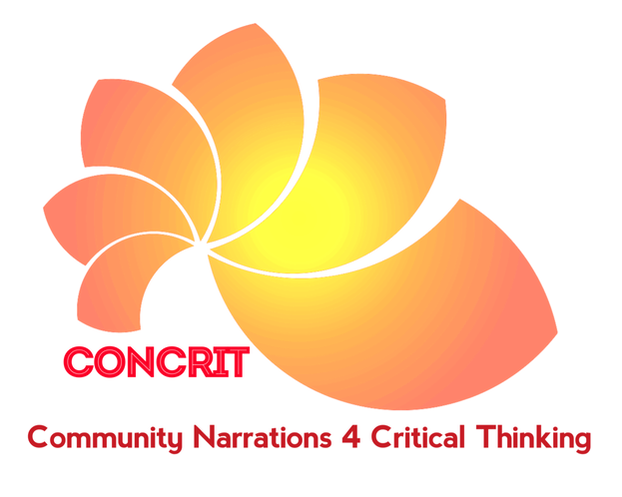Developing digital skills in work project
Aims of the activity[edit]
Participants will reflect on the importance of using digital tools and developing digital skills in civic education, as well as explore ways in which they can apply and embed the use of digital skills and tools in their specific settings.
Resources, Materials needed[edit]
- PowerPoint.
- Paper and pens.
- Internet connection.
- Projector.
Duration in minutes[edit]
130 – 160 minutes.
Step-by-step - what has to be done[edit]
Use the PowerPoint in resources as a guide for the session. This is a lecture with room for Q and A throughout and with activities at the end of the PowerPoint for participants to take part in it.
Slide 1. Introduce the session and ask the participants to introduce themselves with a quick icebreaker. If you could only pick one digital tool what would it be and why? (10 mins)
Slide 2. Overview of the benefits of using digital skills. Ask for examples of how digital tools increase inclusion and/or accessibility? How they increase an understanding of media literacy? How they connect people? How they improve people’s life chances. (5 – 10 mins)
Slide 3. Explanation of the skills that can be developed. (2 mins)
Slide 4. Explanation of this with a Q and A : Why is it good to use ‘peer to peer’ methods? How can ‘digital storytelling’ be effective? (5 - 10 mins)
Slide 5. Ask the participants in pairs to list projects that they know of that have meaning to the participant's and/or might be useful. Ask them how they are meaningful and/or useful to the participants? If the participants learn any skills? If so, what? (10 mins)
Slide 6. In the same pairs ask them to think of ways that digital tools could be used. If the pairs have identified groups that are already using digital tools, ask them how they are being embedded. (5 – 10 mins)
Slide 7. Explanation and Q and A Questions : Why is it important to carry out a need assessment? What Factors will you need to consider when asking people questions about their digital needs? (10 mins)
Slide 8. “Intro slide – Case Studies”.
Slide 9. Short explanation. (1 min)
Slide 10. Example of case study that used digital tools and skills as well digital storytelling.
Slide 11. Example of case study that used digital tools and skills as well digital storytelling. Split the group into 3 small groups and ask how could digital skills and tools be introduced to a project like this?
Slide 12. “MOPS – Escape World”.
Slide 13. “Map Me Happy”.
Slide 14. “Senat Berlin - Active Parents as examples”.
If more clarity is needed give out this example – Take a community café that has good engagement with older local citizens. The aim of the project is to combat social isolation and create community connections. People enjoy meeting and socialising. Where do digital skills fit in here?
Slide 15. Each group feedback with their ideas on how to embed digital skills into the specific case studies that they explored. (15 – 30 mins) This is also a chance for general Q and A. (10 mins)
Learning Outcomes - which skills are adressed?[edit]
The participants will reflect on the importance of using digital tools and developing digital skills in civic education by:
- Answering questions.
- Discussing in pairs.
- Discussing in group.
- Reflecting and listening.
The participants explored ways in which they can apply and embed the use of digital skills and tools in their specific settings by:
- Answering questions.
- Using set examples and discussing in small groups.
- Group discussion.
- Reflection and listening.
How do you check the outcomes are reached?[edit]
Working in pairs they will have:
- Identified and listed projects that have meaning and/or might be useful.
- Identified and listed what skills were learned.
- Discussed the significance of what meaningful and useful mean.
- Identified groups that are already using digital tools.
- Identified projects that have embedded digital skills.
In small groups participants will have used case studies to explore how digital skills and tools can be introduced and embedded into project work by:
- Discussing what digital tools they think would be effective.
- Deciding on what approach/es they think would be best to apply for the specific project.
In main group discussions participants will have:
- Answered questions about accessibility, connections, life chances, peer to peer approach’, digital storytelling and media literacy.
- Answered questions about the importance of carrying out a needs assessment.
- Answered questions about what needs to be considered when asking people questions about their digital needs.
- Given feedback on a specific piece of work given their own ideas and observations and reflections.
Further Links/Readings[edit]
CONCRIT brochure
CONCRIT needs assessment
